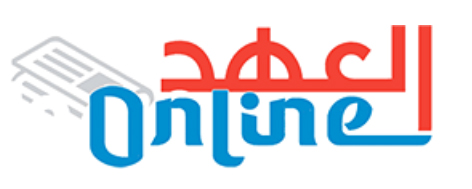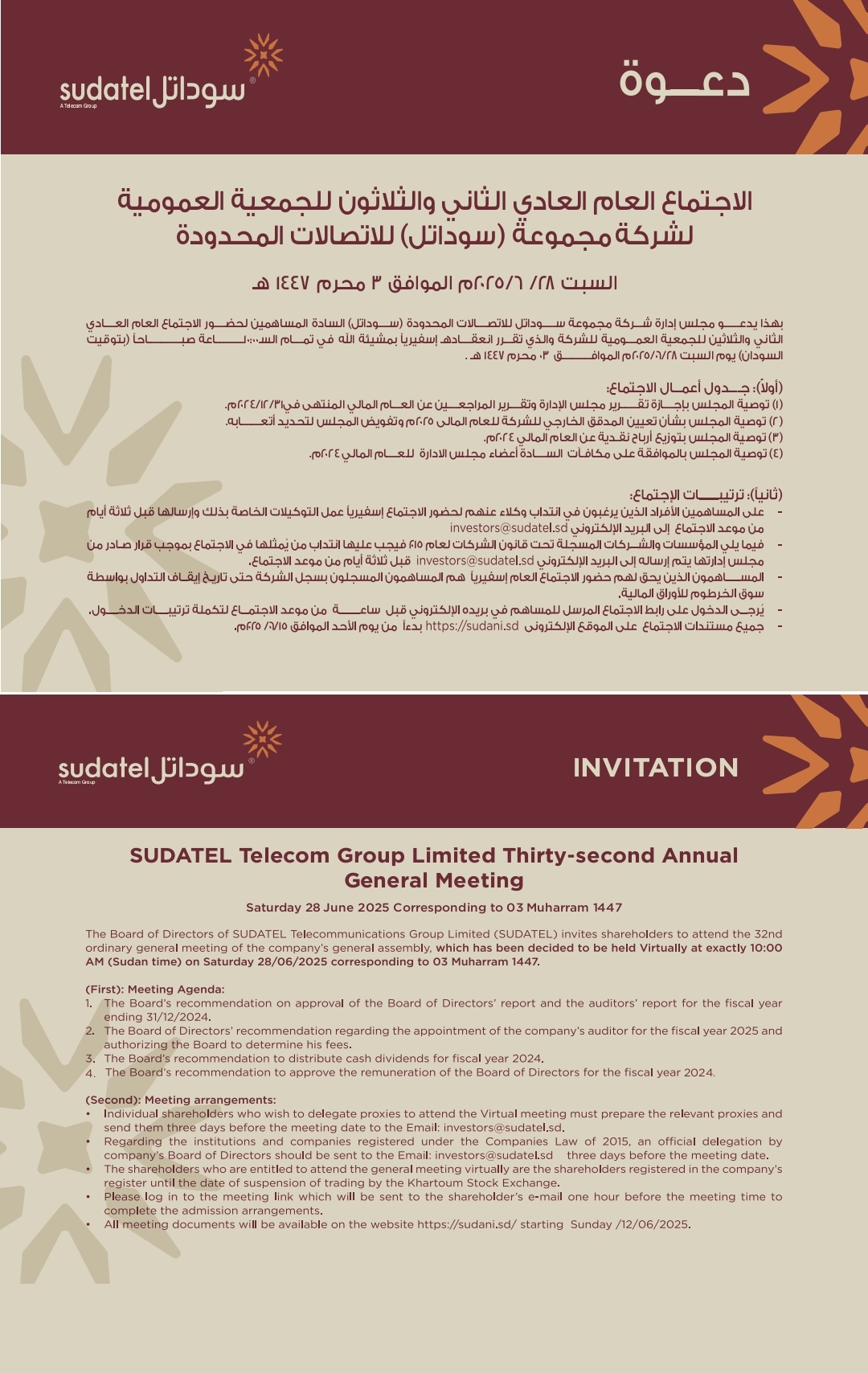د. محمد يوسف قباني يكتب: الحوكمة والمرجعيات القياسية: دراسة تطبيقية في بيئات العمل (27) Governance and Standard References: An Applied Study in Business Environments (27) Dr. Mohamed Elgabbani..

د. محمد يوسف قباني يكتب: الحوكمة والمرجعيات القياسية: دراسة تطبيقية في بيئات العمل (27)
Governance and Standard References: An Applied Study in Business Environments (27)
Dr. Mohamed Elgabbani..
في بيئات الأعمال الحديثة، تلعب الحوكمة والمراجع المعيارية دورًا حاسمًا في ضمان الكفاءة والشفافية والمساءلة. تشير الحوكمة إلى الهياكل والسياسات والعمليات التي توجه عملية اتخاذ القرار والعمليات داخل
المنظمة، في حين توفر المراجع المعيارية إطارًا للامتثال وضمان الجودة وأفضل الممارسات. ونظرًا للتعقيد المتزايد للأسواق العالمية، يجب على المنظمات تبني هياكل حوكمة قوية والالتزام بالمعايير المعترف بها دوليًا للبقاء قادرة على المنافسة والاستدامة. يستكشف هذا
المقال مفهوم الحوكمة والمراجع المعيارية في بيئات الأعمال، مع تسليط الضوء على فوائدها وتحدياتها وتطبيقاتها في العالم الحقيقي.
يتطور عالم الأعمال باستمرار، مما يتطلب من المنظمات التكيف مع الأطر التنظيمية والاعتبارات الأخلاقية
والتقدم التكنولوجي. تضمن الحوكمة الفعالة أن تعمل الشركات بنزاهة ومساءلة، في حين توفر المراجع المعيارية إرشادات للحفاظ على الجودة والكفاءة. يتعمق هذا المقال في أهمية الحوكمة والمراجع المعيارية، ويقدم أمثلة على تنفيذها في مختلف الصناعات. كما يدرس فوائد الالتزام بهذه الأطر والتحديات التي تواجهها
الشركات في دمجها في عملياتها.
الحوكمة في بيئات العمل
تشير الحوكمة في الأعمال إلى القواعد والممارسات والعمليات التي توجه وتتحكم في المنظمة. وهي تشمل حوكمة الشركات، والامتثال التنظيمي، واتخاذ القرارات الأخلاقية، وإدارة المخاطر. وتضمن الحوكمة الجيدة أن الشركة تتوافق مع المتطلبات القانونية، وتوقعات أصحاب المصلحة، والأهداف الاستراتيجية.
العناصر الأساسية للحوكمة
الحوكمة المؤسسية – تشمل مجلس الإدارة، والقيادة التنفيذية، والضوابط الداخلية التي تشكل عملية اتخاذ القرار.
الامتثال التنظيمي – الالتزام بالقوانين واللوائح الصناعية لمنع الاحتيال والممارسات غير الأخلاقية.
إدارة المخاطر – تحديد المخاطر والتخفيف منها لحماية مصالح المنظمة.
الشفافية والمساءلة – ضمان التواصل الواضح للتقارير المالية والسياسات وقرارات الشركات.
أمثلة على الحوكمة في العمل
فضيحة إنرون ودور الحوكمة: أظهر انهيار إنرون في أوائل العقد الأول من القرن الحادي والعشرين عواقب ضعف الحوكمة المؤسسية، مما أدى إلى زيادة التدابير التنظيمية مثل قانون ساربينز أوكسلي.
الحوكمة المؤسسية لشركة Apple Inc.: تتبع شركة Apple سياسات حوكمة صارمة، مما يضمن الشفافية في تقاريرها المالية واتخاذ القرارات، مما يعزز ثقة المستثمرين.
المراجع القياسية في بيئات العمل
المراجع القياسية هي إرشادات أو بروتوكولات أو معايير تتبعها المؤسسات للحفاظ على الاتساق والجودة والامتثال التنظيمي. يتم تطوير هذه المعايير من قبل هيئات معترف بها مثل المنظمة الدولية للمعايير (ISO) ومجلس معايير المحاسبة المالية (FASB).
أنواع المراجع المعيارية
معايير الجودة – مثال: ISO 9001 أنظمة إدارة الجودة.
معايير إعداد التقارير المالية – مثال: IFRS المعايير الدولية لإعداد التقارير المالية.
المعايير البيئية – مثال: ISO 14001 أنظمة إدارة البيئة.
معايير أمن المعلومات – مثال: ISO/IEC 27001 إدارة أمن المعلومات.
فوائد المراجع المعيارية
الاتساق والموثوقية: تضمن المعايير أن العمليات التجارية والمنتجات تلبي مستوى ثابتًا من الجودة.
الامتثال التنظيمي: يساعد اتباع المعايير المعمول بها الشركات على تجنب القضايا القانونية والعقوبات.
تعزيز سمعة السوق: تكتسب الشركات التي تلتزم بالمعايير الدولية المصداقية والثقة بين أصحاب المصلحة.
الكفاءة التشغيلية: تقلل الإجراءات الموحدة من الأخطاء وتحسن الإنتاجية وتحسن تخصيص الموارد.
أمثلة على المراجع المعيارية في الممارسة العملية
التصنيع المرن لشركة تويوتا وISO 9001: تتبع تويوتا معيار ISO 9001 لضمان الجودة والكفاءة في عمليات الإنتاج الخاصة بها.
القطاع المصرفي واتفاقيات بازل: تلتزم المؤسسات المالية بلوائح بازل 3 لإدارة المخاطر والحفاظ على الاستقرار المالي.
التحديات في تنفيذ الحوكمة والمراجع المعيارية
على الرغم من فوائدها، تواجه الشركات العديد من التحديات عند تبني هياكل الحوكمة والمراجع المعيارية.
تكاليف التنفيذ العالية – قد يكون إنشاء أطر الحوكمة والحصول على الشهادات مكلفًا.
مقاومة التغيير – قد يقاوم الموظفون والإدارة السياسات الجديدة بسبب الخوف من الاضطراب.
التعقيد والبيروقراطية – قد يكون التنقل بين المتطلبات التنظيمية أمرًا صعبًا، وخاصة بالنسبة للشركات الصغيرة.
المعايير المتطورة – يتطلب مواكبة التغييرات في معايير الصناعة المراقبة والتكيف المستمرين.
تعتبر الحوكمة والمراجع المعيارية ضرورية لضمان المساءلة والكفاءة والامتثال في بيئات العمل. في حين توفر الحوكمة إطارًا لاتخاذ القرارات الأخلاقية وإدارة المخاطر، تضمن المراجع المعيارية الاتساق والجودة عبر الصناعات. وعلى الرغم من تحديات التنفيذ، فإن المنظمات التي تستثمر في الحوكمة القوية وتلتزم
بالمعايير المرجعية تكتسب ميزة تنافسية، وتبني الثقة مع أصحاب المصلحة، وتعزز الاستدامة على المدى الطويل. ومع استمرار تطور الشركات، فإن تبني هذه المبادئ سيكون مفتاحًا للتنقل عبر تعقيدات السوق الحديثة
.
In modern business environments, governance and standard references play a crucial role in ensuring efficiency, transparency, and accountability. Governance refers to the structures, policies, and processes that guide decision-making and operations within an
organization, while standard references provide a framework for compliance, quality assurance, and best practices. Given the increasing complexity of global markets, organizations must adopt robust
governance structures and adhere to internationally recognized standards to remain competitive and sustainable. This essay explores the concept of governance and standard references in business
environments, highlighting their benefits, challenges, and real-world applications.
The business world is constantly evolving, requiring organizations to adapt to regulatory frameworks, ethical considerations, and technological
advancements. Effective governance ensures that companies operate with integrity and accountability, while standard references provide guidelines to maintain quality and efficiency. This essay delves into the significance of governance and
standard references, offering examples of their implementation in various industries. It also examines the benefits of adhering to these frameworks and the challenges businesses face in integrating them into their operations.
Governance in Business Environments
Governance in business refers to the rules, practices, and processes that direct and control an organization. It encompasses corporate governance, regulatory
compliance, ethical decision-making, and risk management. Good governance ensures that a company aligns with legal requirements, stakeholder expectations, and strategic goals.
Key Elements of Governance
Corporate Governance – Involves the board of directors, executive leadership, and internal controls that shape decision-making.
Regulatory Compliance – Adhering to laws and industry regulations to prevent fraud and unethical practices.
Risk Management – Identifying and mitigating risks to safeguard the organization’s interests.
Transparency and Accountability – Ensuring clear communication of financial reports, policies, and corporate decisions.
Examples of Governance in Action
Enron Scandal and the Role of Governance: The collapse of Enron in the early 2000s
demonstrated the consequences of poor corporate governance, leading to increased regulatory measures such as the Sarbanes-Oxley Act.
Apple Inc.’s Corporate Governance: Apple follows strict governance policies, ensuring transparency in its financial reports and decision-making, which boosts investor confidence.
Standard References in Business Environments
Standard references are guidelines, protocols, or benchmarks that organizations follow to maintain consistency, quality, and regulatory compliance. These standards are developed by recognized bodies such as the International Organization for
Standardization (ISO) and the Financial Accounting Standards Board (FASB).
Types of Standard References
Quality Standards – Example: ISO 9001 (Quality Management Systems).
Financial Reporting Standards – Example: IFRS (International Financial Reporting Standards).
Environmental Standards – Example: ISO 14001 (Environmental Management Systems).
Information Security Standards – Example: ISO/IEC 27001 (Information Security Management).
Benefits of Standard References
Consistency and Reliability: Standards ensure that business processes and products meet a consistent level of quality.
Regulatory Compliance: Following established standards helps businesses avoid legal issues and penalties.
Enhanced Market Reputation: Companies that adhere to international standards gain credibility and trust among stakeholders.
Operational Efficiency: Standardized procedures reduce errors, improve productivity, and optimize resource allocation.
Examples of Standard References in Practice
Toyota’s Lean Manufacturing and ISO 9001: Toyota follows the ISO 9001 standard to ensure quality and efficiency in its production processes.
Banking Sector and Basel Accords: Financial institutions adhere to Basel III regulations to manage risk and maintain financial stability.
Challenges in Implementing Governance and Standard References
Despite their benefits, businesses face several challenges when adopting governance structures and standard references.
High Implementation Costs – Setting up governance frameworks and obtaining certifications can be expensive.
Resistance to Change – Employees and management may resist new policies due to fear of disruption.
Complexity and Bureaucracy – Navigating regulatory requirements can be challenging, especially for small businesses.
Evolving Standards – Keeping up with changes in industry standards requires continuous monitoring and adaptation.
Governance and standard references are essential for ensuring accountability, efficiency, and compliance in business
environments. While governance provides a framework for ethical decision-making and risk management, standard references ensure consistency and quality across industries. Despite the challenges of
implementation, organizations that invest in robust governance and adhere to standard references gain a competitive advantage, build trust with stakeholders, and enhance
long-term sustainability. As businesses continue to evolve, embracing these principles will be key to navigating the complexities of the modern market.









